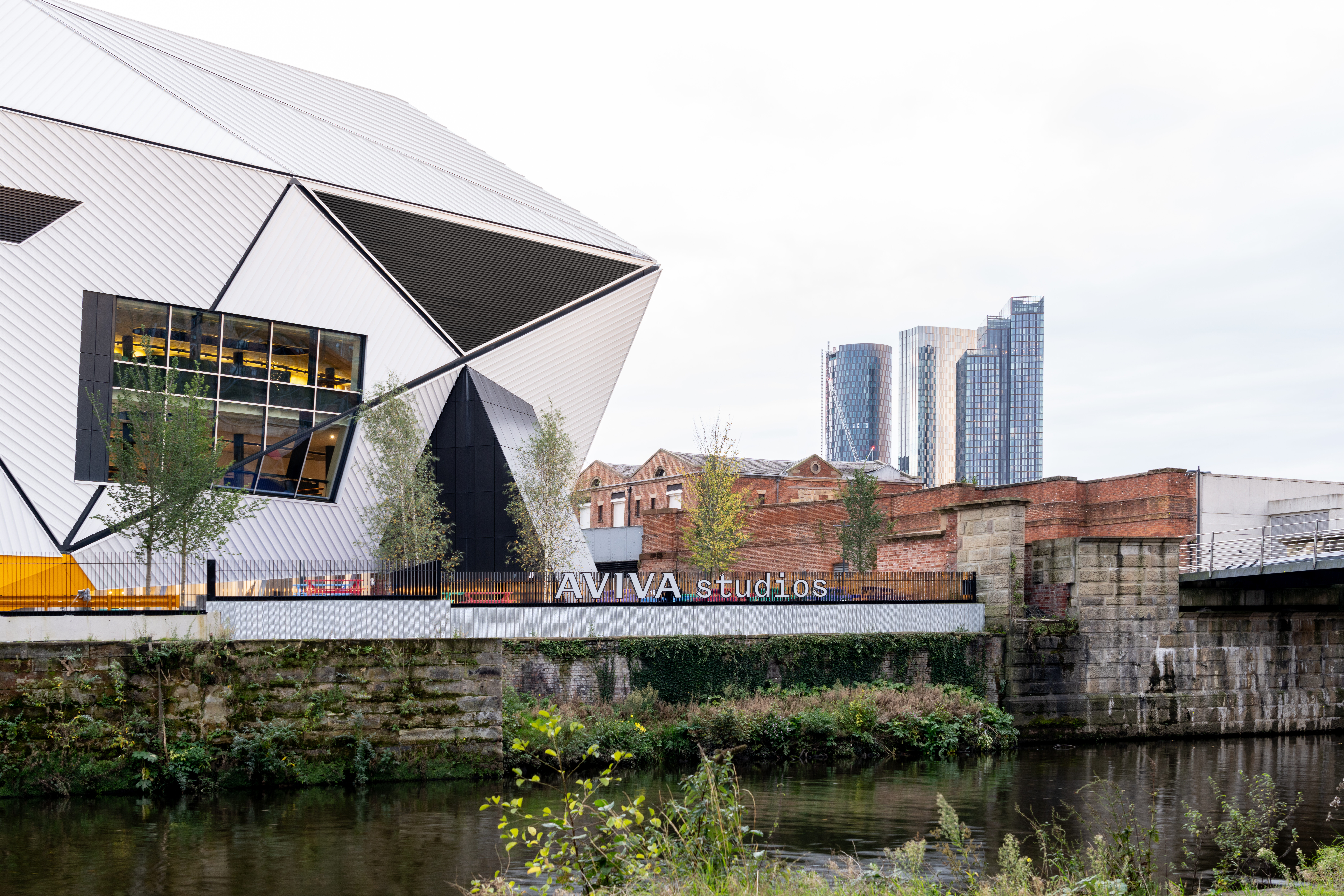AMEX’s sponsorship of Fortnite’s ‘Race To Wimbledon’ is a lesson in authentic video game engagement

‘Race to Wimbledon’ will see Fortnite players competing to set the best time across a course that spans multiple London landmarks, including the London Eye and Wimbledon Village. Those who beat brand ambassador Andy Murray's time will be entered into American Express’s prize draw to win tickets, travel and accommodation to the men’s final of the 2024 Championships. In this article, we take a look at how brands can leverage video game sponsorship through the virtual world to build authentic engagement amongst a hard-to-reach audience.
Why does this video game sponsorship make sense?
The All England Club is seeking to appeal to a younger audience - one in which football dominates, both in the physical world and that of online content creators. For the desired audience, Amex are enabling interactive experiences that emphasise the qualities of Wimbledon itself. Sponsorship of video game events is a path well-trodden by the tennis event; in 2022, the All England Club launched WimbleWorld on metaverse platform Roblox, receiving more than 12 million visits. With over 80% of users aged under 24, WimbleWorld remains one of the most visited official sports experiences on Roblox. This support from Amex all but confirms the value of such sponsorships.
It should further be noted that Wimbledon’s sponsors are generally referred to as suppliers. The tournament, run by the All England Club, tends to have commercial partners that bring something practical to the event - including Evian, Ralph Lauren, and Babolat. As a result, any ‘suppliers’ immediately assume a perception of real-life value (assuming all goes well). The fact ‘Race to Wimbledon’ has been released in partnership with American Express underlines the trust that the hosts have put in the company to get this right.
Ames appears to have got it right, addressing each of The Sponsor's 4 things to consider for esports and gaming sponsorships.
What does 'inauthentic engagement' look like?
John Clarke, global brand and marcomms officer at esports organiser Gfinity stated, “GenZ gamers have little or no time for brands that do not add value to their experience, so bringing something special is key. Brands need to take the time to understand gaming culture and find the right entry point.” Simple ‘brandalising’ of in-game scenarios is a transparent move that the gaming community are more than capable of seeing through. In 2021, Street Fighter V were criticised for incentivising players with in-game currency to purchase branded in-game products. At one point, brands were bidding for space on fighter Dhalsim’s skull necklace. The problem? A lack of authentic engagement.
Why is active input important?
According to a study from the Centre for Sports and Management (CSM) at the Otto Beisheim School of Management, there is a 69% expected likelihood that audiences will prefer an active engagement over passive content consumption. Sponsorship within video games enables rights holders to speak to a younger audience in a way that feels natural and relevant. In short, your sponsorship must have active engagement as its goal.
In 2018, Coca-Cola’s sponsorship of the FIFA World Cup led to their ‘Uplifted Alex’ campaign. It featured FIFA 18’s in-game character Alex Hunter securing a sponsorship with the drinks brand in what was called the “first ad within a video game to be launched on real-world platforms.” At the time, Executive Creative Director at Mercado McCann, who teamed with Coke’s gaming team, Diego Tuya stated “It was a genuine moment; we always aim for organic ideas rather than ones where you can see the strings. Alex is great and is now part of Coke’s history as the brand’s first-ever virtual ambassador.” The message from these partnerships is clear: brands that make use of the dynamic potential for authentic involvement in video game sponsorship stand to benefit greatly from increased engagement amongst younger audiences.









